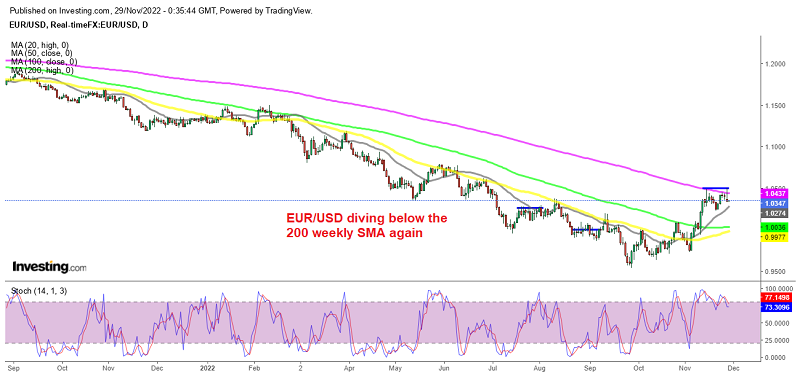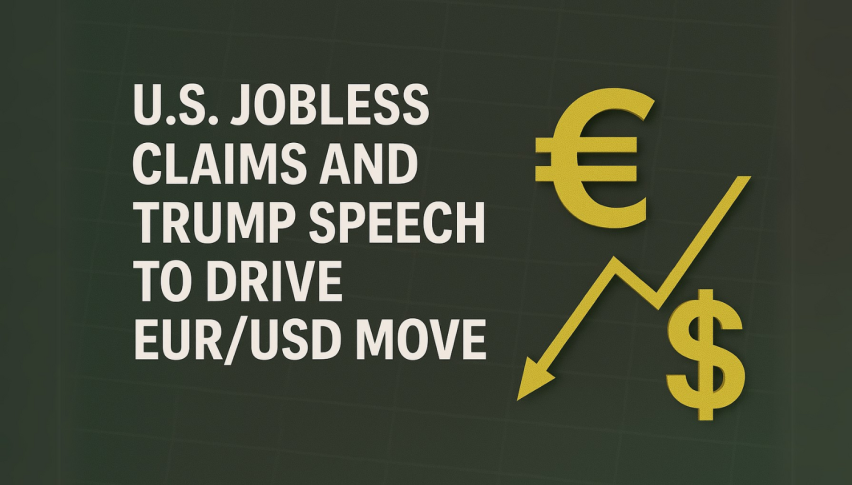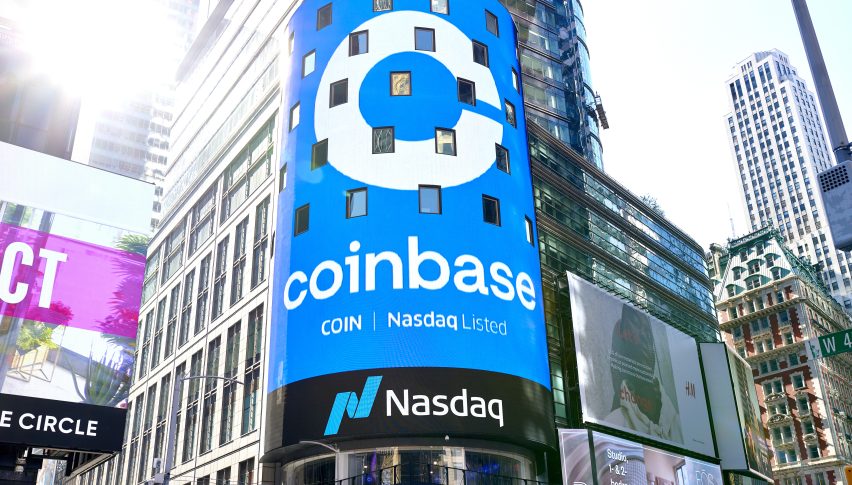Can EUR/USD Fall Back to Parity After Failing at 1.05?
EUR/USD touched 1.05 yesterday and pierced the 200 daily SMA but returned lower and closed the day with a bearish reversing candlestick

Yesterday markets were concerned about the expanding protest movement in China and about where it might lead which led to some massive USD buying and selling risk assets. EUR/USD touched 1.05 in the European session after the 150 pip surge, but then it started retreating and ended up around 170 pips lower, right at the 50 SMA (yellow) on the H4 chart, which held for some time.
On the daily chart above, this pair pierced above the 200 SMA (purple) which provided resistance about two weeks ago. But, buyers couldn’t hold the price above there too long and we saw a fast reversal, with the daily candlestick closing as an upside-down pin, which is a bearish reversing signal after the surge earlier this month.
For the Euro, the highlight will be the November consumer price reports, which was released for Germany earlier today, showing a cool-off from the 09% jump in October, and for the Eurozone the CPI report tomorrow, which is also expected to cool off, with the YoY number anticipated at 10.4% from 10.7% in October, which was revised lower to 10.6%.
The question is whether inflation will fall back from the highs (not far from 11% year-on-year) and allow the European Central Bank to potentially soften its hawkish rhetoric a little. Currently, the market prices a 62bp rate hike on 15 December, ING notes.
- We are expecting Chair Powell to deliver a hawkish policy message similar to following the last FOMC meeting when he downplayed the importance of slowing the pace of rate hikes and warned that rates are likely to have to rise to a higher peak than previously planned. Another pushback against the premature easing of financial conditions appears likely given that upside inflation risks remain a concern and financial conditions have continued to ease since the last FOMC meeting,” MUFG notes.
- “Tough talk from Chair Powell could offer some much-needed support for the US dollar although as we have seen recently market participants have been willing to look through the risk of even higher US rates reflecting more confidence that US inflation has peaked and growth is slowing down more notably,” MUFG adds.
EUR/USD Live Chart
- Check out our free forex signals
- Follow the top economic events on FX Leaders economic calendar
- Trade better, discover more Forex Trading Strategies
- Open a FREE Trading Account



